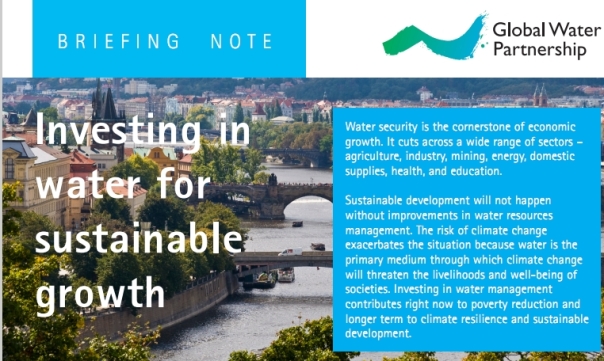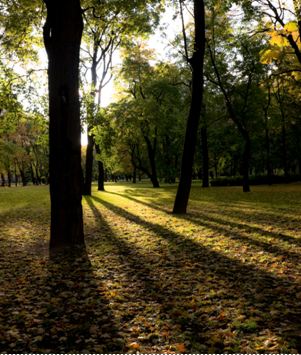We’ve been hearing a lot about water recently, and for good reason. It is perhaps the most critical factor in climate change as well as adaptation strategies. As my former colleagues at SIWI often emphasize, a changing climate manifests its most important environmental effects through water. They come in floods, droughts, storms and the consequences for human health and quality of life. Increasingly, the impacts are genuinely dramatic, as illustrated by this week’s dire situation along the Mississippi River.
 The urgent climate story has recently overshadowed the strategic facets of the global water crisis, none more important than water’s fundamental role in stable, thriving economies. It’s not easy to understand – especially for anyone not directly involved in IWRM (Integrated Water Resource Management), strategic planning, or public finance.
The urgent climate story has recently overshadowed the strategic facets of the global water crisis, none more important than water’s fundamental role in stable, thriving economies. It’s not easy to understand – especially for anyone not directly involved in IWRM (Integrated Water Resource Management), strategic planning, or public finance.
This is where the folks at Global Water Partnership (GWP) have stepped up with a policy brief on the matter. Full disclosure: I know the people at GWP because they share offices with SIWI in central Stockholm. They do good work.
With this clear, readable policy brief – Investing in Water for Sustainable Growth – GWP has provided an excellent primer on the topic.
# # #


